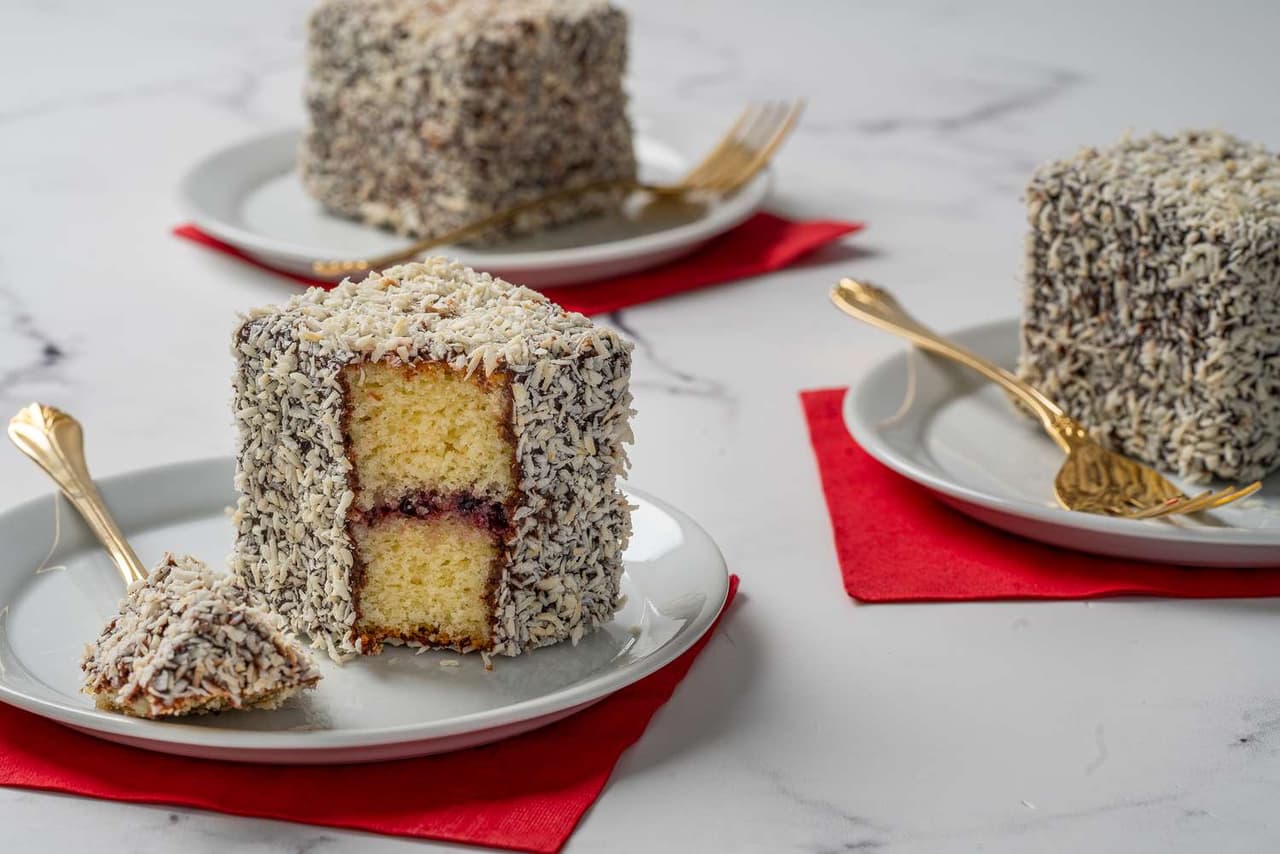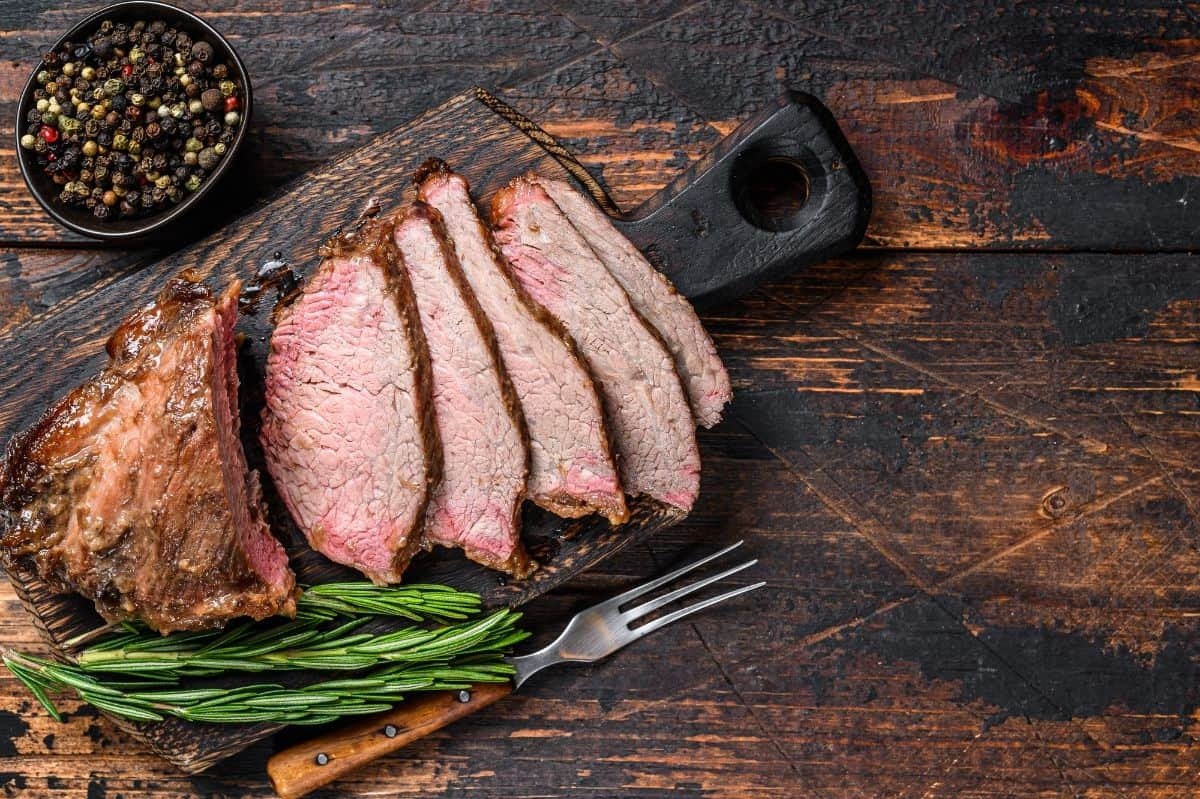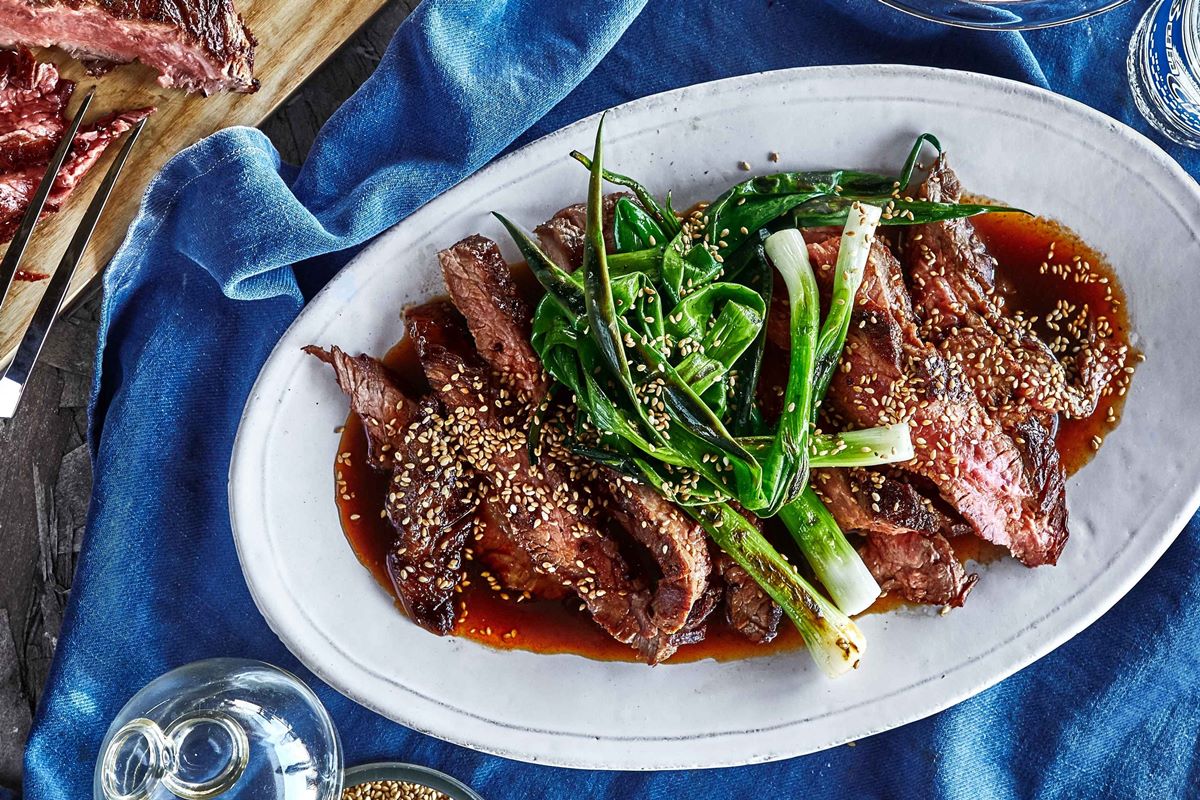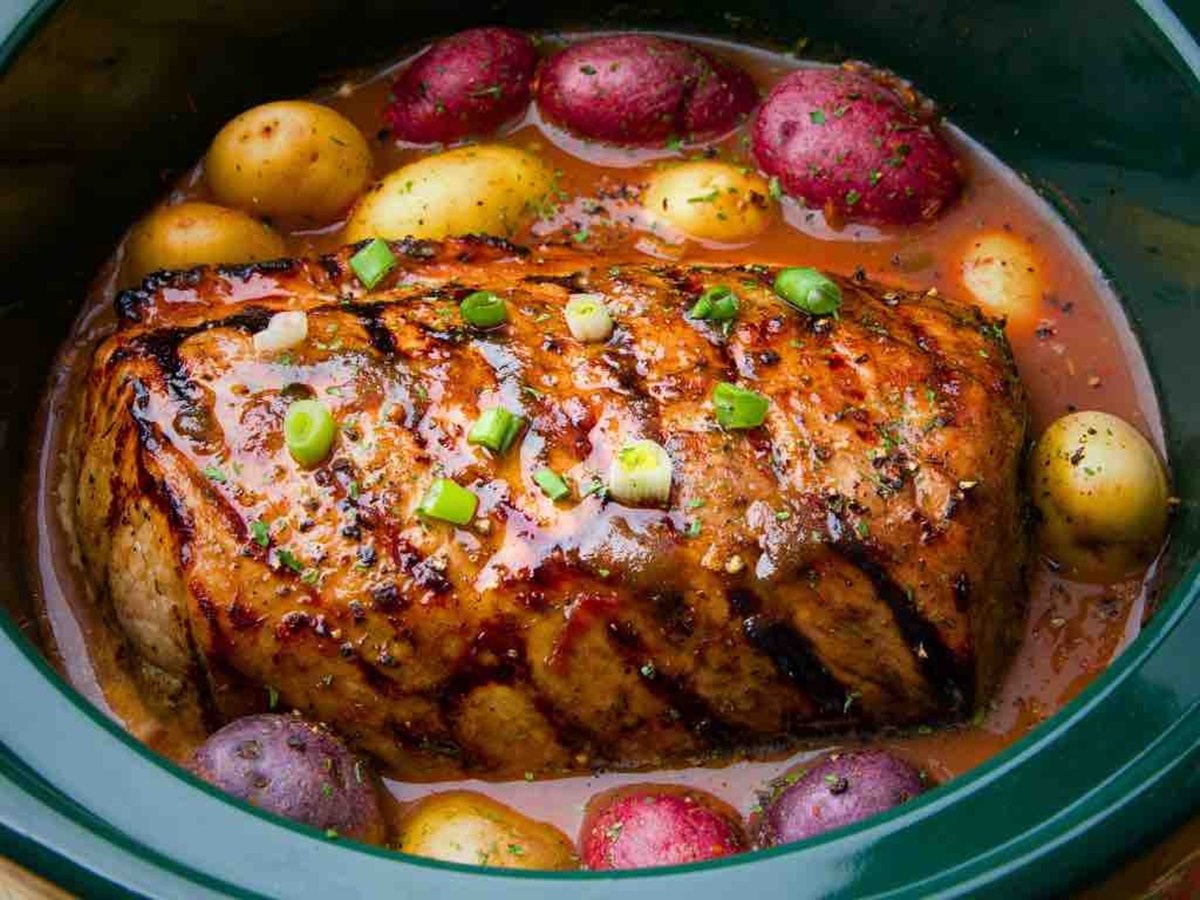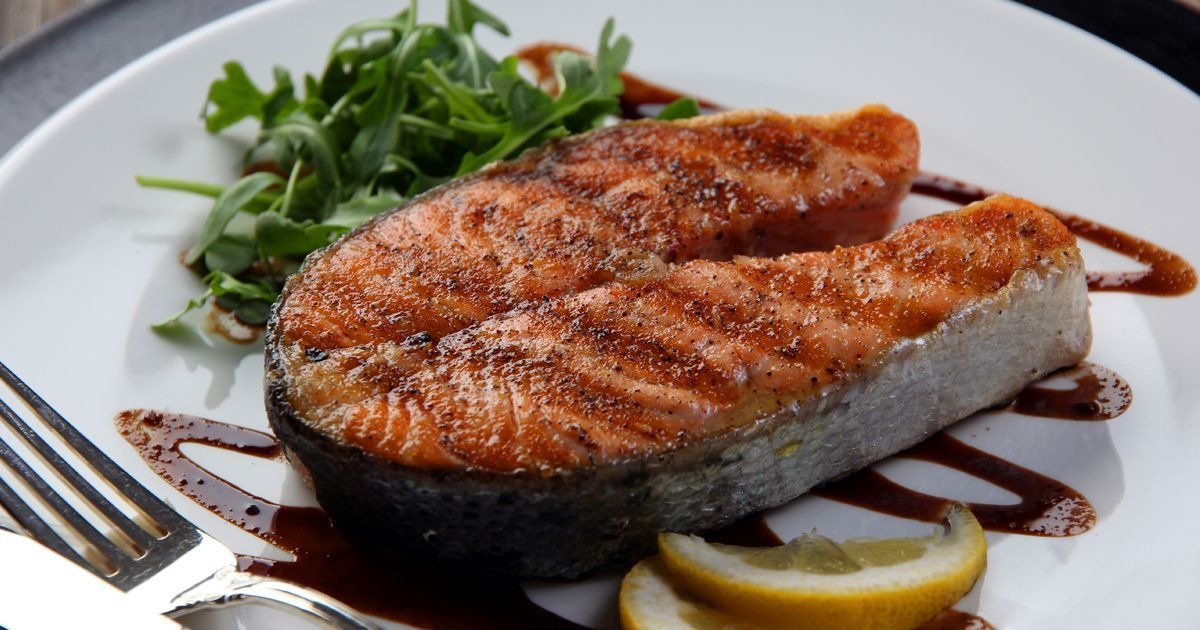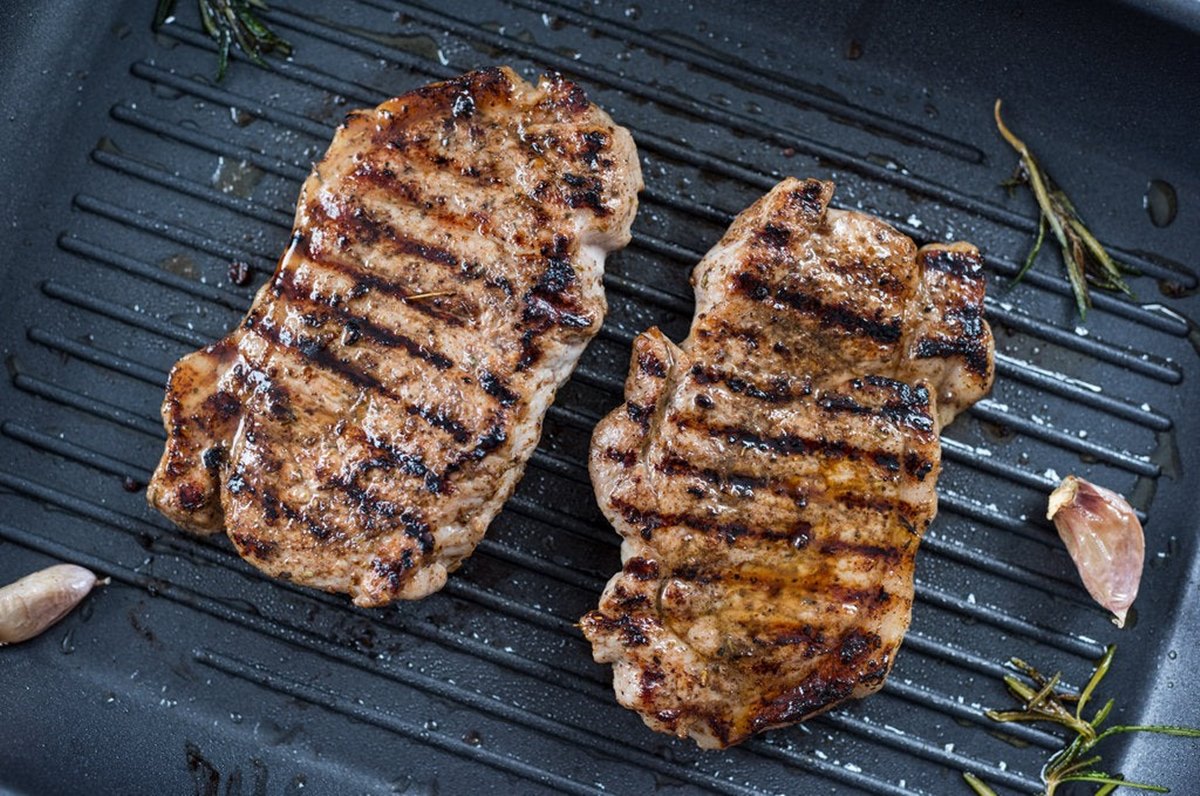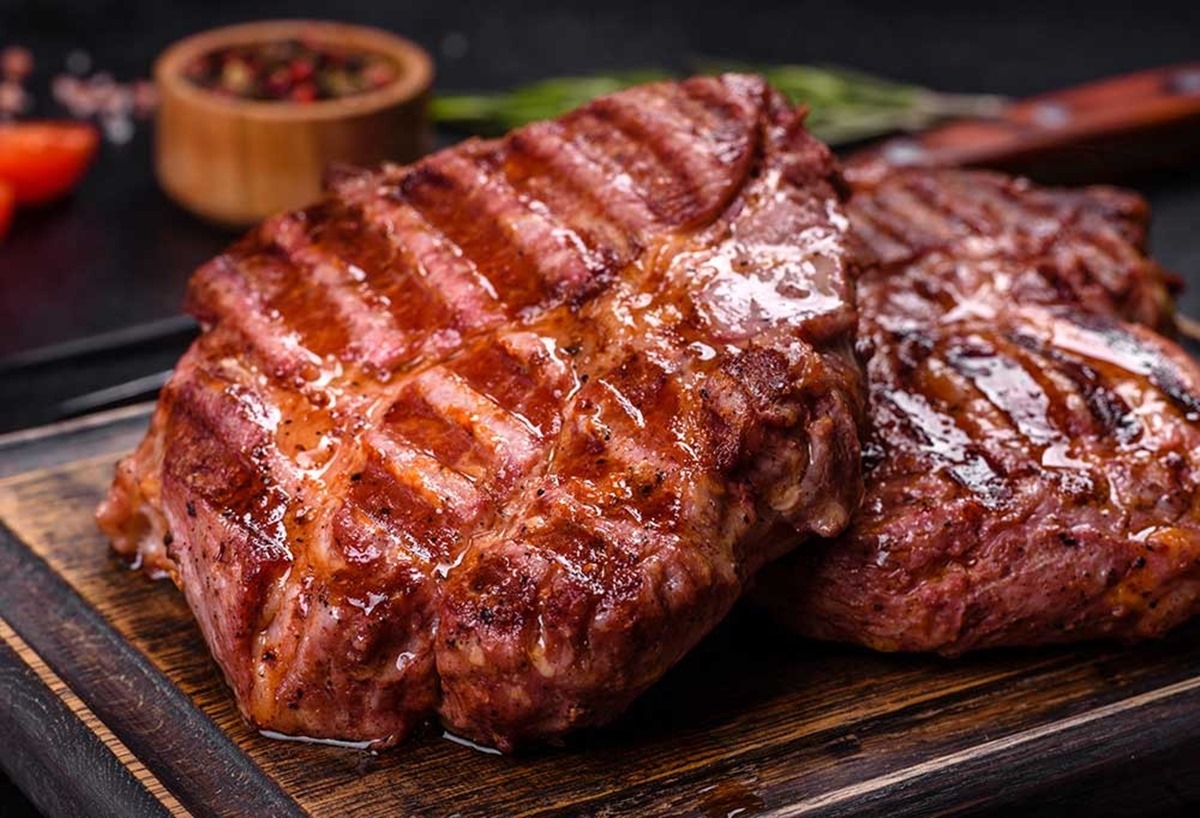Baking Sos: How To Rescue 10 Common Pastry Problems By Richard Burr
Do you love baking but find yourself facing common pastry problems that leave you feeling frustrated? Don’t worry, you’re not alone! Even experienced bakers encounter issues in the kitchen from time to time. In this article, we will explore ten common pastry problems and provide you with expert tips from Richard Burr, a renowned baking genius and connoisseur. So let’s dive in and learn how to rescue your baking disasters!
1. Soggy Bottoms
There’s nothing worse than biting into a delicious pastry only to be met with a soggy bottom. To prevent this, Richard Burr suggests blind baking the pastry crust before adding wet fillings. Blind baking involves partially or fully baking the pastry crust before adding the filling, which helps to create a crispy and flaky base. Additionally, brushing the base with egg wash before blind baking can create a barrier and prevent moisture from seeping in.
2. Shrinking Pastry
Have you ever experienced the frustration of preparing a beautiful pastry shell, only to have it shrink during baking? This common problem can be solved by chilling the pastry in the fridge for at least 30 minutes before baking. This helps to relax the gluten and prevents shrinkage. Another tip is to avoid stretching the pastry too much when lining the tin, as this can cause it to shrink during baking.
3. Cracked Pastry
Cracks in the pastry can be unsightly, but fear not, there’s a simple fix! Richard Burr advises adding a small amount of water to the cracked area and gently pressing it back together with your fingers. Once the pastry is baked, any minor cracks will not be noticeable. Remember, it’s all about the taste, so don’t stress too much about the appearance!
4. Overbrowning
Nothing ruins a beautifully baked pastry like overbrowning. To prevent this, cover the pastry crust with foil or a silicone pie shield to protect it from excessive browning. If you notice the edges browning too quickly, you can crimp a strip of foil around the edge to shield it while allowing the rest of the pastry to continue browning.
5. Dry and Crumbly Pastry
When your pastry turns out dry and crumbly, it can be disappointing. One simple solution is to add a bit more liquid to the dough. Add a teaspoon of water or milk at a time until the dough comes together without feeling too dry. Remember not to overwork the dough, as this can also lead to a dry texture.
6. Tough and Chewy Pastry
If your pastry is coming out tough and chewy, the likely culprit is overworking the dough or using too much flour. To avoid this, handle the dough as little as possible and use only enough flour to prevent sticking. The less you handle the dough, the more tender and flaky your pastry will be.
7. Unevenly Cooked Pastry
Uneven baking can result in pastry that is burnt in some areas and undercooked in others. Ensure that your oven is properly preheated and bake your pastry in the center of the oven. If you’re still experiencing uneven baking, consider rotating the baking tray or using an oven thermometer to check for accurate temperature.
8. Pastry Sticking to the Tin
Removing your pastry from the tin can be a challenge if it sticks. To avoid this, Richard Burr recommends greasing the tin with butter or lining it with parchment paper before adding the pastry. This prevents the pastry from sticking and makes it easier to transfer to a serving plate once baked.
9. Sunken Pastry
A sunken pastry is usually the result of inadequate or underbaking. Ensure that your pastry is cooked for the recommended time and that the internal temperature reaches the desired level. If your pastry still sinks after baking, it could be due to using too much raising agent. Adjust the recipe accordingly to avoid this mishap.
10. Pastry Not Rising
When your pastry fails to rise, it can be disheartening. The most common reason for this is not allowing the pastry to rest in the fridge before baking. Chilling the dough solidifies the fat, which creates pockets of steam during baking that make the pastry rise. Remember to follow the recipe instructions and give your pastry the rest it needs.
Baking can be a wonderful and rewarding experience, even when faced with common pastry problems. With these handy tips from Richard Burr, you can now rescue your baking disasters and create delicious pastries that are both visually stunning and mouthwateringly tasty. Embrace the challenges and remember that practice makes perfect. Happy baking!
Was this page helpful?
Read Next: How To Make Cake: Top 10 Tips For Success


